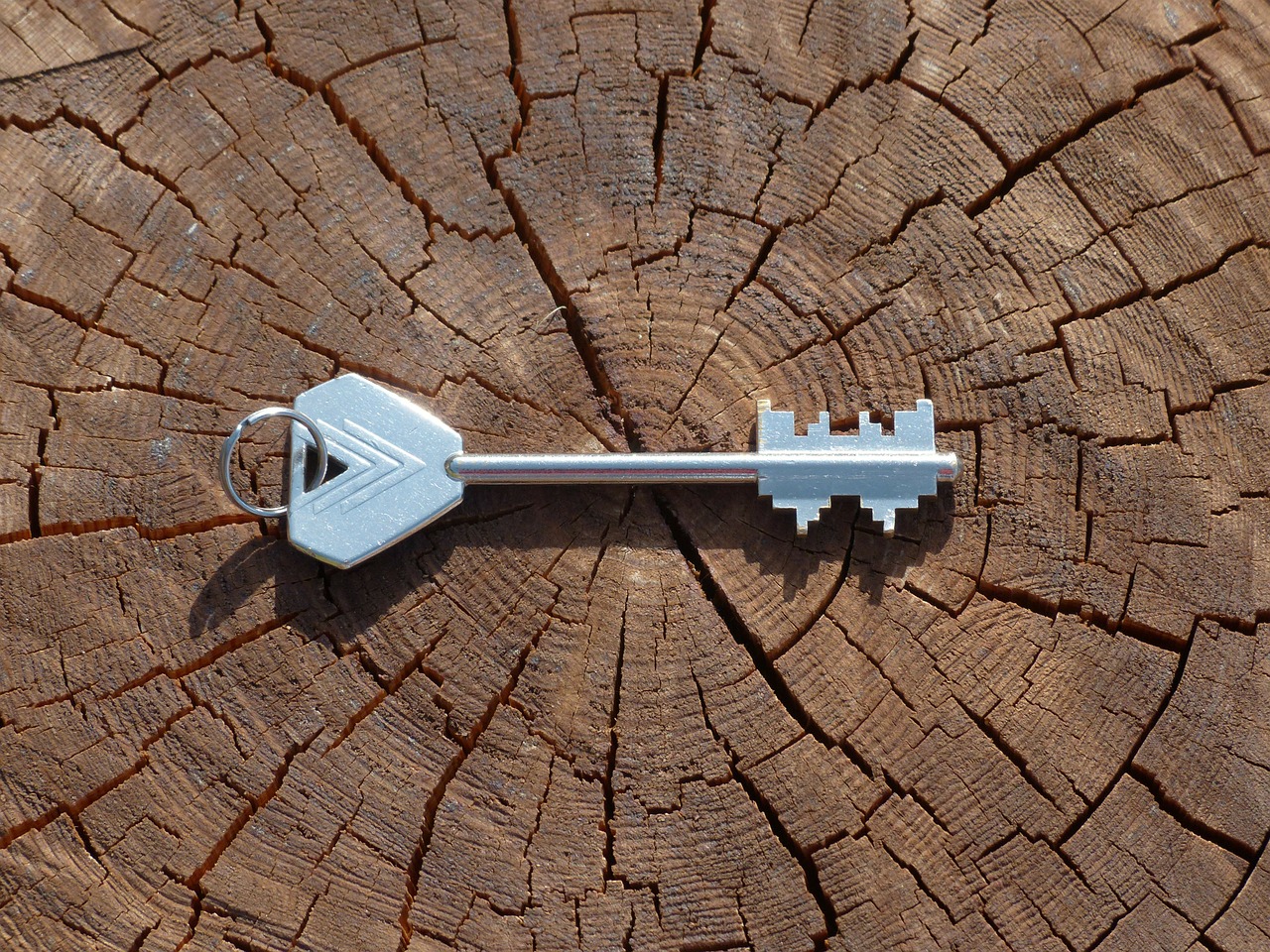
How Your Offer Provides Access to Other Services
Last time, I suggested coaches might offer style advice as an extra. If this includes meeting with a style coach, it’s an example of how a coach provides access to other services.
What is It?
Coaches and other business people open doors to additional support, as a step towards collaboration between businesses. Here are three types of support.
Collaboration delivering an offer. A business that offers businesses outdoor pursuits as an opportunity for team building or strategic planning needs experts to supervise outdoor pursuits and business coaches. One or the other is likely to be brought in.
Another approach is to offer bonuses. These may be optional or integral but not strictly part of the offer. They are something the client takes advantage of if they choose.
For example, as part of my coaching, I might offer a free session with a style coach. I can approach this as optional. Or I can suggest this is important and so make it integral to my offer. If the client refuses, it is unlikely to have a major impact on the overall success of the package.
Finally, you can have contacts on your books and offer to set up meetings.
Value to the Client
The value is potentially three-fold:
- It raises awareness of a particular aspect of the coaching subject
- It introduces the client to a specialist in a particular field
- And saves time for the client.
The specialist gains by perhaps finding a new client themselves.
How to Get There
This is an unsung aspect of networking. If you make contact with people offering suitable services, build a database of likely contacts. These people may offer additional services to your clients.
Two things to consider. One is the quality of their services. Should you offer to put your client in touch with someone, if you do not know the quality of their services? If you have not used them before, explain this to the client and suggest they report back to you about how it goes. It might be possible to approach the third-party together.
As an advocate can you negotiate a good deal for your client? Most coaches offer a free first session. What does the third-party provider normally offer and are they willing to offer a bit more? Also, is a discount on normal prices possible? Clients are often reluctant to ask on their own behalf and if you do it for them, it adds value to your offer.
Your Offer
Ideally, you want three happy people if you do this as part of your offer. You, your client and the third-party should all benefit. Building a portfolio of good referrals can be really helpful.
And remember, if you add clients to your list of trusted providers they have another reason to value your service.
This is the seventeenth of 31 posts about elements of value. Make sure you don’t miss any by signing up for the offer below. The posts in this sequence can be accessed below:
- Social impact: Self-transcendence
- Life Changing: Provide Hope, Self-Actualisation, Motivation, Heirloom, Affiliation and Belonging
- Emotional: Reduces Anxiety, Rewards Me, Nostalgia, Design / Aesthetics, Badge Value, Wellness, Therapeutic Value, Fun / Entertainment, Attractiveness, Provides Access
- Functional: Next: Saves Time
+ 13 more







